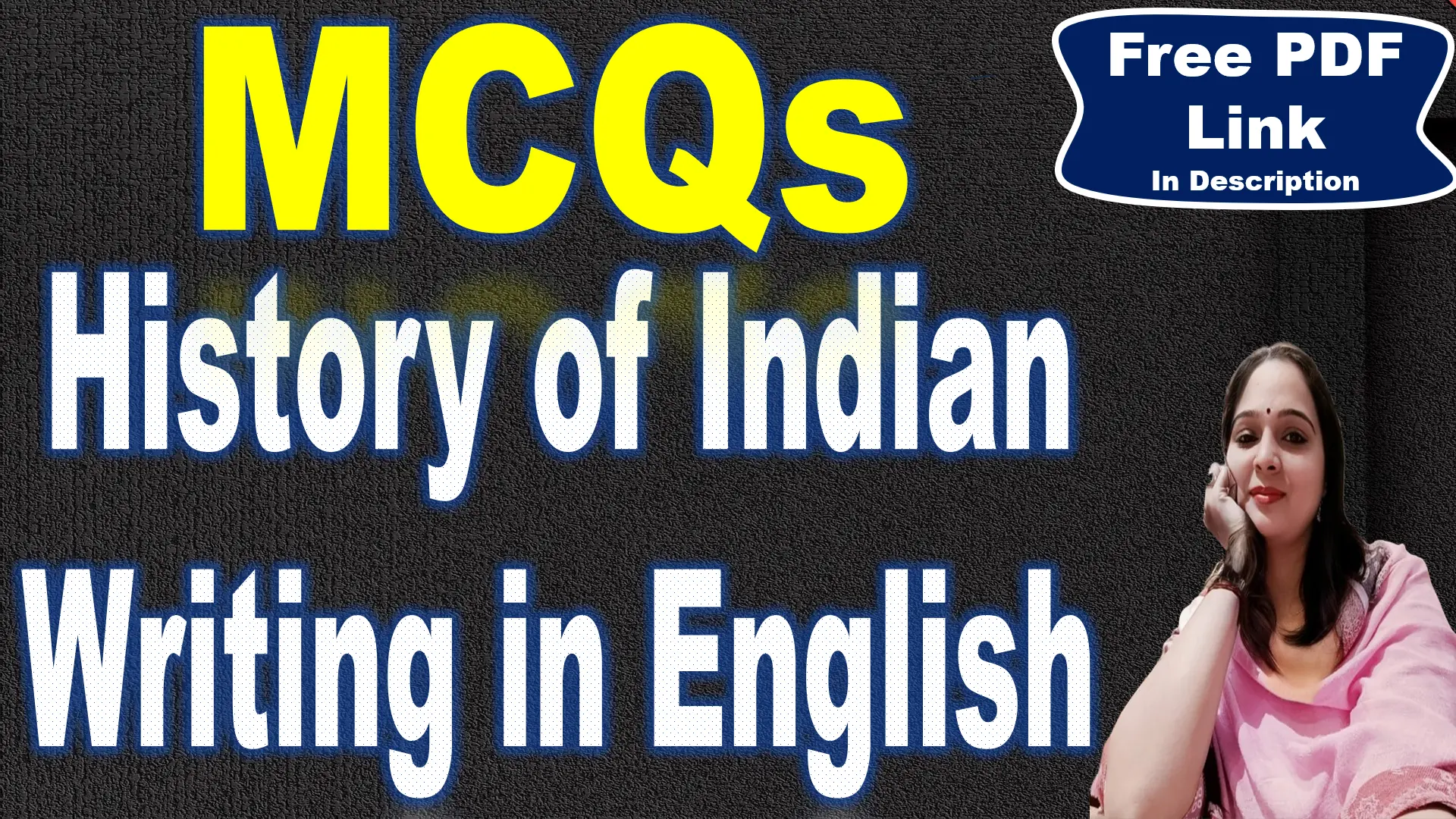
61. When was The Merchant of Venice first published in Quarto form?
a) 1598
b) 1600
c) 1616
d) 1623
Answer: b) 1600
Explanation: The first Quarto edition of The Merchant of Venice was published in 1600. This early publication suggests that the play had gained popularity within just a few years of being written. The 1600 Quarto is one of the earliest surviving versions of the play, and while it contains some textual inconsistencies, it remains a crucial source for scholars studying Shakespeare’s original work and performance history.
62. In which major Shakespearean collection was The Merchant of Venice later included?
a) The Second Quarto
b) The Collected Plays of Shakespeare
c) The Third Folio
d) The First Folio
Answer: d) The First Folio
Explanation: The First Folio, published in 1623, was the first authoritative collection of Shakespeare’s plays, compiled by his fellow actors John Heminges and Henry Condell. It included 36 plays, categorizing them as comedies, tragedies, and histories. The Merchant of Venice was classified as a comedy, though modern scholars often view it as a problem play due to its mix of comic and serious elements, particularly in its portrayal of Shylock.
63. What major historical event influenced the portrayal of Jews in The Merchant of Venice?
a) The expulsion of Jews from England in 1290
b) The Spanish Armada’s defeat in 1588
c) The execution of Mary, Queen of Scots in 1587
d) The founding of the Globe Theatre in 1599
Answer: a) The expulsion of Jews from England in 1290
Explanation: Jews had been officially expelled from England in 1290 by King Edward I, and they were not legally allowed to return until 1656 under Oliver Cromwell. This meant that when Shakespeare wrote The Merchant of Venice, most English people had never met a Jew and only knew about them through stereotypes. The character of Shylock reflects common Elizabethan views of Jews as greedy moneylenders, a stereotype reinforced by religious and economic tensions in Europe.
64. Which Italian work is believed to have influenced The Merchant of Venice?
a) Decameron by Boccaccio
b) Il Pecorone by Giovanni Fiorentino
c) Orlando Furioso by Ariosto
d) The Prince by Machiavelli
Answer: b) Il Pecorone by Giovanni Fiorentino
Explanation: Il Pecorone (translated as The Simpleton) is a 14th-century Italian novel by Giovanni Fiorentino, which contains a plot similar to The Merchant of Venice. It features a Jewish moneylender who demands a pound of flesh as collateral for a loan, a clever woman disguised as a lawyer, and a romantic subplot. Shakespeare likely borrowed these elements and adapted them into a more complex narrative, incorporating Venetian trade, Christian-Jewish tensions, and comedic disguises.
65. Which Shakespearean contemporary wrote The Jew of Malta, another play featuring a Jewish moneylender?
a) Ben Jonson
b) Christopher Marlowe
c) Thomas Kyd
d) John Webster
Answer: b) Christopher Marlowe
Explanation: Christopher Marlowe, one of Shakespeare’s most famous contemporaries, wrote The Jew of Malta around 1589-1590. The play features a Jewish moneylender named Barabas, who is portrayed as a ruthless villain. Marlowe’s play, filled with exaggerated villainy, heavily influenced Shakespeare’s depiction of Shylock. However, unlike Barabas, Shylock is a more complex character, showing both villainous and sympathetic traits, making him one of Shakespeare’s most debated figures.
66. What was a common Elizabethan stereotype about Jewish people that is reflected in the character of Shylock?
a) They were noble knights
b) They were wealthy but cruel moneylenders
c) They were expert sailors
d) They were famous playwrights
Answer: b) They were wealthy but cruel moneylenders
Explanation: During Shakespeare’s time, Jews were often stereotyped as greedy moneylenders who charged excessive interest. This stereotype arose because, in Christian Europe, usury (charging interest on loans) was forbidden to Christians but allowed for Jews, forcing them into financial professions. Shylock embodies this stereotype, but Shakespeare also gives him depth, particularly in his famous “Hath not a Jew eyes?” speech, where he argues for Jewish humanity and equality.
67. What was the status of Jews in England when Shakespeare wrote The Merchant of Venice?
a) Jews were fully integrated into English society
b) Jews had been expelled and were not legally allowed to live in England
c) Jews controlled major English banks
d) England had an official Jewish king
Answer: b) Jews had been expelled and were not legally allowed to live in England
Explanation: By the late 16th century, Jews were still officially banned from England, having been expelled by King Edward I in 1290. However, some Jewish people lived secretly in England, practicing their faith in private. There was also public awareness of Jewish communities in places like Venice, which had a well-known Jewish Ghetto. This historical context influenced how Shakespeare portrayed Shylock, mixing Elizabethan anti-Semitic views with moments of genuine sympathy for his character.
68. What literary device does Shakespeare frequently use in The Merchant of Venice to add humor and contrast to serious moments?
a) Soliloquy
b) Tragedy
c) Comic relief
d) Epic poetry
Answer: c) Comic relief
Explanation: Shakespeare frequently uses comic relief to balance the play’s intense themes of justice, discrimination, and revenge. Launcelot Gobbo, for instance, provides humor through wordplay, mistaken identities, and comedic dialogue. His interactions with his blind father and his playful remarks about serving Shylock contrast with the more serious conflicts in the play. This technique helps keep the audience engaged while offering a temporary reprieve from the play’s darker moments.
69. Which theme is explored through Portia’s casket test?
a) The dangers of greed
b) The importance of appearances
c) The power of destiny
d) The conflict between love and duty
Answer: a) The dangers of greed
Explanation: The casket test serves as a metaphor for true worth versus outward appearances. The Prince of Morocco chooses the gold casket, believing wealth signifies value, while the Prince of Arragon picks the silver casket, thinking he deserves Portia. Both fail the test. Bassanio, however, chooses the lead casket, understanding that true worth lies within. This challenge illustrates that greed and vanity are deceptive, reinforcing the theme that humility and sacrifice lead to true rewards.
70. Which character’s storyline primarily explores the theme of religious and cultural discrimination?
a) Antonio
b) Bassanio
c) Shylock
d) Gratiano
Answer: c) Shylock
Explanation: Shylock’s Jewish identity sets him apart in Venetian society, making him a target of prejudice and mistreatment. He is insulted, spat upon, and mocked by Christian characters, particularly Antonio. His determination to claim his bond is driven in part by the discrimination he has endured. Despite his flaws, Shylock’s famous “Hath not a Jew eyes?” speech humanizes him, forcing the audience to question whether he is truly a villain or a victim of cultural and religious intolerance.
71. What is an example of irony in The Merchant of Venice?
a) Shylock’s demand for justice ultimately leads to his downfall
b) Antonio is a wealthy merchant but has no money when Bassanio needs it
c) Portia disguises herself as a man to prove her intelligence in court
d) All of the above
Answer: d) All of the above
Explanation: The play is rich in dramatic and situational irony:
Shylock’s demand for justice leads to his downfall, as Portia turns his legal argument against him.
Antonio, a wealthy merchant, ironically lacks money when Bassanio needs a loan, forcing him to borrow from Shylock.
Portia disguises herself as a male lawyer, proving that she is more intelligent and capable than the men around her.
This use of irony adds complexity to the characters and enhances the play’s dramatic effect.
72. How does Shakespeare explore the theme of friendship in the play?
a) Through Antonio’s sacrifice for Bassanio
b) Through Jessica’s loyalty to Shylock
c) Through the friendship between Shylock and Antonio
d) Through the rivalry between Portia and Nerissa
Answer: a) Through Antonio’s sacrifice for Bassanio
Explanation: Antonio and Bassanio share a deep bond, with Antonio risking his life by taking a dangerous loan to help Bassanio win Portia’s hand in marriage. Their friendship is characterized by loyalty and self-sacrifice, reinforcing the theme of love beyond romantic relationships. Antonio’s willingness to suffer for Bassanio is so extreme that some interpretations suggest a deeper emotional attachment. This theme contrasts with Shylock’s isolation, emphasizing the importance of friendship in human relationships.
73. The contrast between Christian mercy and Jewish justice is primarily demonstrated through which characters?
a) Antonio and Bassanio
b) Shylock and Portia
c) Nerissa and Gratiano
d) Jessica and Lorenzo
Answer: b) Shylock and Portia
Explanation: Shylock represents strict justice, insisting on his legal right to claim Antonio’s flesh, refusing all offers of repayment. Portia, disguised as a lawyer, advocates for mercy, famously arguing that it is a divine quality. In the end, Portia outmaneuvers Shylock legally, denying him both justice and mercy, which raises moral questions about the Christian characters’ true intentions. This contrast reflects Elizabethan religious tensions and challenges the audience’s understanding of fairness.
74. What is the significance of the rings that Portia and Nerissa give to Bassanio and Gratiano?
a) They symbolize power
b) They represent love and loyalty
c) They are a test of honesty
d) They are gifts for wealth
Answer: b) They represent love and loyalty
Explanation: The rings symbolize commitment and faithfulness in marriage. Portia and Nerissa test their husbands’ loyalty by tricking them into giving the rings away to the disguised Portia. When they later reveal the trick, the men are embarrassed but learn an important lesson about trust. The ring subplot adds humor while reinforcing the idea that symbols of love must be honored. This test parallels the casket test, showing that true relationships are built on genuine devotion, not material wealth.
75. What kind of verse does Shakespeare primarily use in The Merchant of Venice?
a) Free verse
b) Blank verse (unrhymed iambic pentameter)
c) Rhymed couplets
d) Prose only
Answer: b) Blank verse (unrhymed iambic pentameter)
Explanation: Shakespeare’s plays are largely written in blank verse, which consists of unrhymed lines in iambic pentameter. This form gives the dialogue a natural, rhythmic flow that suits both dramatic and poetic expression. However, Shakespeare also intersperses prose, particularly in the comic scenes involving Launcelot Gobbo. This contrast in language use helps differentiate between characters of different social statuses and emotional states.
76. How does the play reflect Elizabethan attitudes towards wealth and commerce?
a) It glorifies money and wealth as the ultimate goal
b) It presents wealth as a tool that can be used for both good and evil
c) It shows that only nobility should have money
d) It condemns all forms of commerce
Answer: b) It presents wealth as a tool that can be used for both good and evil
Explanation: Elizabethan England was a time of growing trade and financial expansion, similar to the bustling merchant activity in Venice. The Merchant of Venice reflects this commercial mindset, showing wealth’s positive and negative aspects:
Antonio’s generosity depicts wealth as a means to support loved ones.
Shylock’s moneylending represents the dangers of greed and legal contracts.
The casket test reinforces that wealth does not determine character.
Overall, the play suggests that wealth is neither inherently good nor bad—it depends on how it is used.
77. In which country was William Shakespeare born?
a) Italy
b) Germany
c) France
d) England
Answer: d) England
Explanation: William Shakespeare was born in England, specifically in Stratford-upon-Avon. He is considered one of the greatest writers in the English language and is often referred to as England’s national poet or the Bard of Avon. His influence on English literature, drama, and poetry is unparalleled. His works, including The Merchant of Venice, continue to be studied and performed worldwide, making him one of the most enduring literary figures in history.
78. What is the birth year of William Shakespeare?
a) 1554
b) 1564
c) 1574
d) 1584
Answer: b) 1564
Explanation: Shakespeare was born in April 1564, during the reign of Queen Elizabeth I. His exact birth date is unknown, but April 23rd is widely celebrated as his birthday. His life and works spanned both the Elizabethan and Jacobean periods, which were marked by the flourishing of the English Renaissance. During this time, Shakespeare wrote extensively, producing some of the greatest tragedies, comedies, and historical plays in literary history.
79. In which English town was Shakespeare born?
a) Stratford-upon-Avon
b) Cambridge
c) Oxford
d) None
Answer: a) Stratford-upon-Avon
Explanation: Shakespeare was born in Stratford-upon-Avon, a market town in Warwickshire, England. His birthplace is now a major tourist attraction, drawing thousands of visitors every year. Stratford played a significant role in his early life and education. He later moved to London, where he built his career as a playwright and actor, but he eventually returned to Stratford in his later years, where he passed away in 1616.
80. Shakespeare was a member of which acting company?
a) Lord Chamberlain’s Men
b) King’s Players
c) Queen Elizabeth’s Troupe
d) The Royal Dramatists
Answer: a) Lord Chamberlain’s Men
Explanation: Shakespeare was a key member of the Lord Chamberlain’s Men, an acting company that performed many of his plays. This company was patronized by Queen Elizabeth I and later became the King’s Men when King James I took the throne. Shakespeare not only wrote plays for the company but also acted in some productions. The company performed at The Globe Theatre, which became one of the most famous theaters in England.





